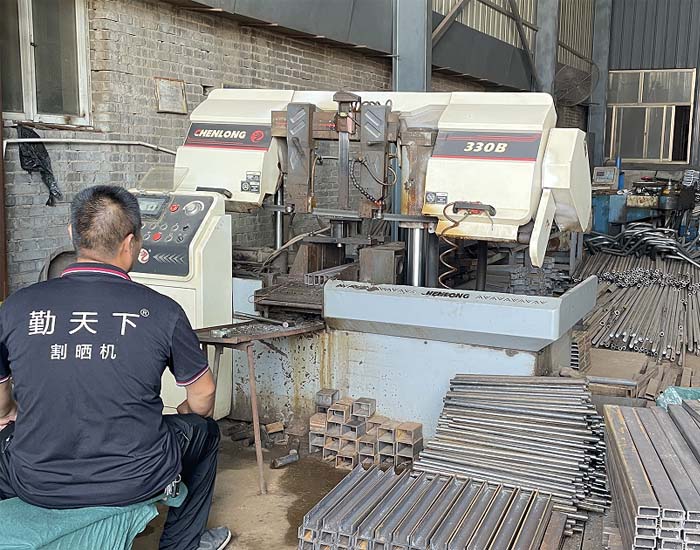wheat harvester machine
The Evolution and Impact of Wheat Harvester Machines
The advent of agricultural machinery has revolutionized the way we cultivate and harvest crops, particularly wheat, which is one of the most important staple foods worldwide. Among these machines, the wheat harvester stands out for its efficiency and effectiveness in transforming the laborious task of harvesting into a swift and seamless process. This article explores the evolution, types, and significant impact of wheat harvester machines on agriculture and food production.
Historically, wheat harvesting was a labor-intensive task, relying on manual labor with sickles and scythes. Farmers would toil under the sun, cutting down stalks of wheat, which was not only physically demanding but also time-consuming. The introduction of mechanical harvesters in the early 19th century marked a significant turning point. The first significant step was the development of the reaper by Cyrus McCormick in 1831, which mechanized the cutting of wheat and laid the groundwork for future advancements.
As technology progressed, so did the design of harvesting machines. The combine harvester emerged as one of the most significant innovations, capable of cutting, threshing, and winnowing grain in a single operation. This multifunctional approach greatly increased efficiency, allowing farmers to harvest large fields in a fraction of the time it took to do so manually. Today, modern combine harvesters are equipped with advanced GPS systems, yield monitors, and precision agriculture technology, enabling farmers to analyze their fields and make informed decisions about planting and harvesting.
There are various types of wheat harvesters, each designed for specific agricultural needs. The most common types include the conventional combine harvester, which uses rotating blades to cut wheat and separate grain from chaff; the rotary combine harvester, which employs a different threshing mechanism for greater efficiency; and the self-propelled harvester, offering increased mobility and versatility in the field. Additionally, smaller, tractor-mounted harvesters have become popular among smaller farms, providing efficiency without the high costs associated with larger machines.
wheat harvester machine

The impact of wheat harvester machines extends far beyond mere efficiency. By significantly reducing the time required for harvesting, these machines help mitigate the risks associated with weather-related crop losses. Rapid harvesting minimizes potential damage from rain or storms, which can lead to crop spoilage. Furthermore, the ability to harvest more acres per day allows farmers to optimize their labor and resources, contributing to higher yields and increased profitability.
In addition to economic benefits, the use of wheat harvesters has social implications. The reduction in manual labor has transformed the rural workforce, with fewer people needed for harvesting tasks. This has led to a shift in rural demographics, as young people increasingly move to urban areas for employment opportunities. While this migration presents challenges for rural communities, it also offers the potential for higher productivity on remaining farms as modernization continues.
Despite the benefits, the reliance on machinery poses environmental concerns. Large-scale wheat farming can lead to soil degradation, loss of biodiversity, and increased greenhouse gas emissions. Consequently, the agricultural sector is now facing the challenge of balancing efficiency with sustainability. Innovative practices, such as precision agriculture and integrated pest management, are being explored to minimize environmental impact while maintaining high levels of productivity.
In conclusion, wheat harvester machines have played a pivotal role in the evolution of agriculture, significantly altering the landscape of wheat production. Their impact resonates through enhanced efficiency, increased yields, and economic benefits for farmers. However, as the industry progresses, it is essential to address the environmental challenges associated with mechanized farming. Emphasizing sustainable practices and technological advancements will be crucial in ensuring that this vital sector continues to flourish while preserving the health of our planet for future generations. The journey of wheat harvesting is far from over, and as we move forward, the integration of innovation with stewardship will define the future of agriculture.
Latest news
-
When to Upgrade Your Old Forage HarvesterNewsJun.05,2025
-
One Forage Harvester for All Your NeedsNewsJun.05,2025
-
Mastering the Grass Reaper MachineNewsJun.05,2025
-
How Small Farms Make Full Use of Wheat ReaperNewsJun.05,2025
-
Harvesting Wheat the Easy Way: Use a Mini Tractor ReaperNewsJun.05,2025
-
Growing Demand for the Mini Tractor Reaper in AsiaNewsJun.05,2025







